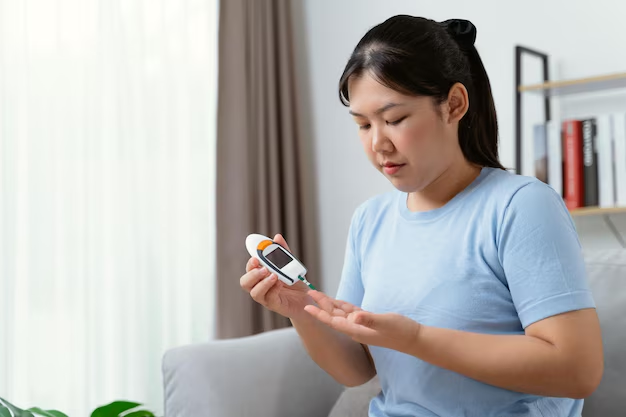Is Low Blood Sugar the Same as Diabetes? Here's What You Need to Know
Understanding the difference between low blood sugar and diabetes is crucial for maintaining your health and effectively managing potential symptoms. Low blood sugar, or hypoglycemia, occurs when blood glucose levels drop below normal, often leading to dizziness, confusion, and irritability. Conversely, diabetes primarily refers to two conditions—Type 1 and Type 2 diabetes—where the body struggles to regulate glucose levels effectively, leading to high blood sugar.
Though distinct, these conditions can intersect. People with diabetes, especially those using insulin or other glucose-lowering medications, can experience low blood sugar episodes. Let's unpack these concepts, explore their overlapping nature, and delve into the resources available to support individuals navigating these challenges.
Hypoglycemia vs. Diabetes: Key Differences
Hypoglycemia:
- Common causes include skipping meals, excessive alcohol consumption, or insulin use.
- Symptoms: Shakiness, sweating, and rapid heartbeat.
- Non-diabetics can also experience it due to other medical conditions.
Diabetes:
- Type 1: An autoimmune condition where the body doesn't produce insulin.
- Type 2: A metabolic condition where the body doesn't use insulin properly.
- Symptoms of high blood sugar include frequent urination, increased thirst, and fatigue.
Overlap:
- People with diabetes are at risk for hypoglycemia if their treatment overshoots, leading to an excessive drop in glucose levels.
Managing and Preventing Low Blood Sugar in Diabetes
For those managing diabetes, preventing low blood sugar episodes involves mindful regulation of diet, exercise, and medication. Here are some practical strategies:
- Regular Meals: Eating at consistent intervals to maintain steady blood glucose levels.
- Monitoring: Frequent blood sugar checks to adjust treatment accordingly.
- Education: Learning to recognize early symptoms of hypoglycemia for timely intervention.
Financial and Support Resources for Diabetes Management
Living with diabetes isn't just a health journey but can be a financial one too, due to the cost of medications, monitoring devices, and healthcare visits. Fortunately, there are resources available to ease the financial burden:
- Government Aid Programs: Many countries offer diabetes-specific healthcare support. In the U.S., Medicare Part B covers some diabetes supplies.
- Non-Profit Assistance: Organizations such as the American Diabetes Association provide financial assistance for supplies and education.
- Financial Assistance and Debt Relief: Some charities and local government programs offer help with medical bills or debt incurred due to diabetes treatment.
Exploring Educational Opportunities
Understanding your condition thoroughly can make a profound difference in management:
- Diabetes Education Programs: Often available through healthcare providers or community centers, these programs offer comprehensive guidance on managing diabetes effectively.
- Online Courses: Websites offering informational courses can aid self-education and provide a community for shared experiences.
✨ Resources to Consider ✨
- 🩺 Medicare/Medicaid: Assistance with medical expenses for eligible individuals.
- 🏥 Patient Assistance Programs: Offered by pharmaceutical companies for reduced-cost medications.
- 🎓 Scholarship Programs: Some organizations offer scholarships specifically for students with diabetes.
- 🏠 Community Clinics: Provide free or low-cost healthcare options.
- 💡 Online Education Platforms: Courses and materials to better understand and manage diabetes.
While low blood sugar and diabetes are different conditions, understanding their interplay is essential, especially if you're or a loved one manage diabetes. With the knowledge and resources available, you can take proactive steps to manage your health and financial well-being effectively.
